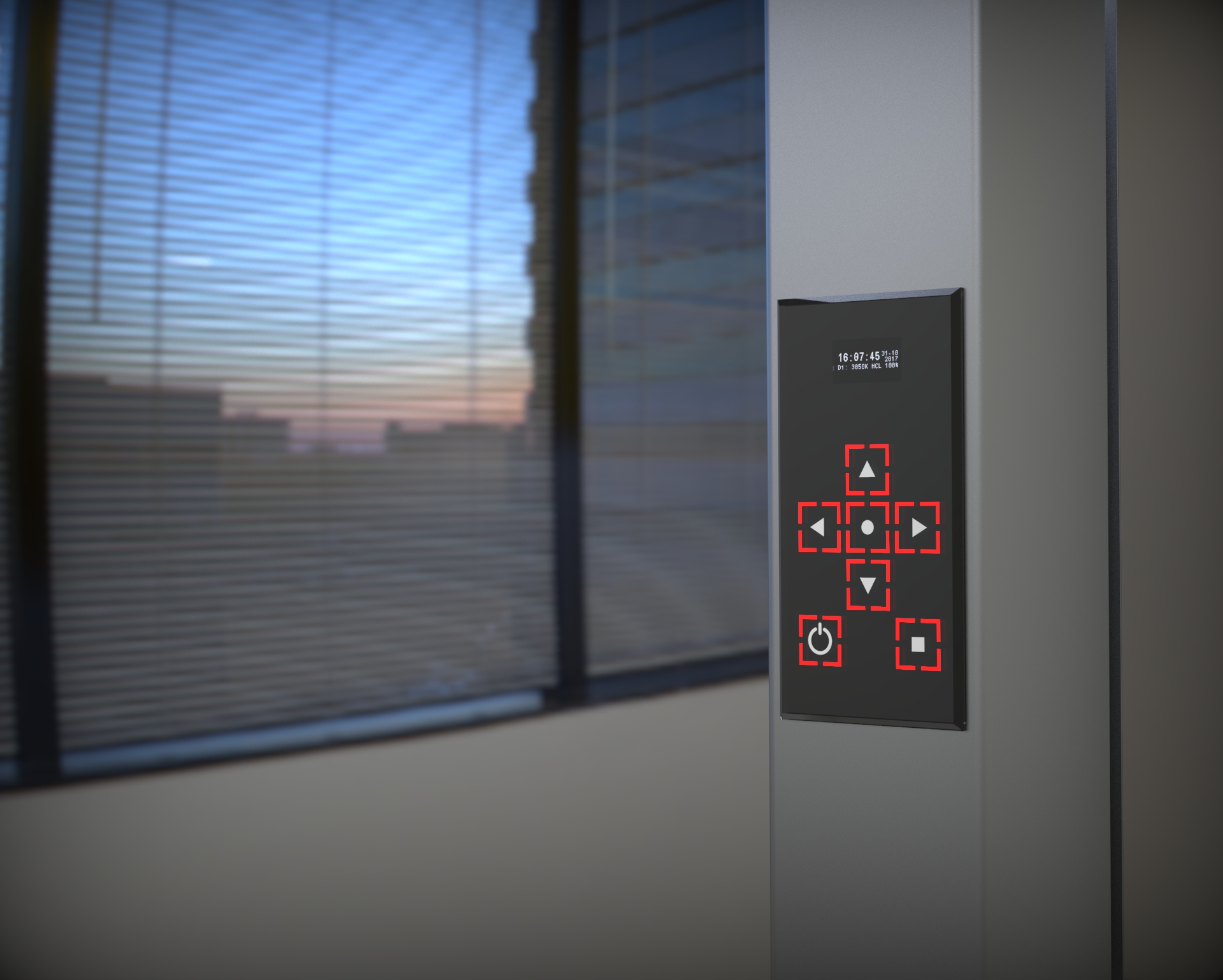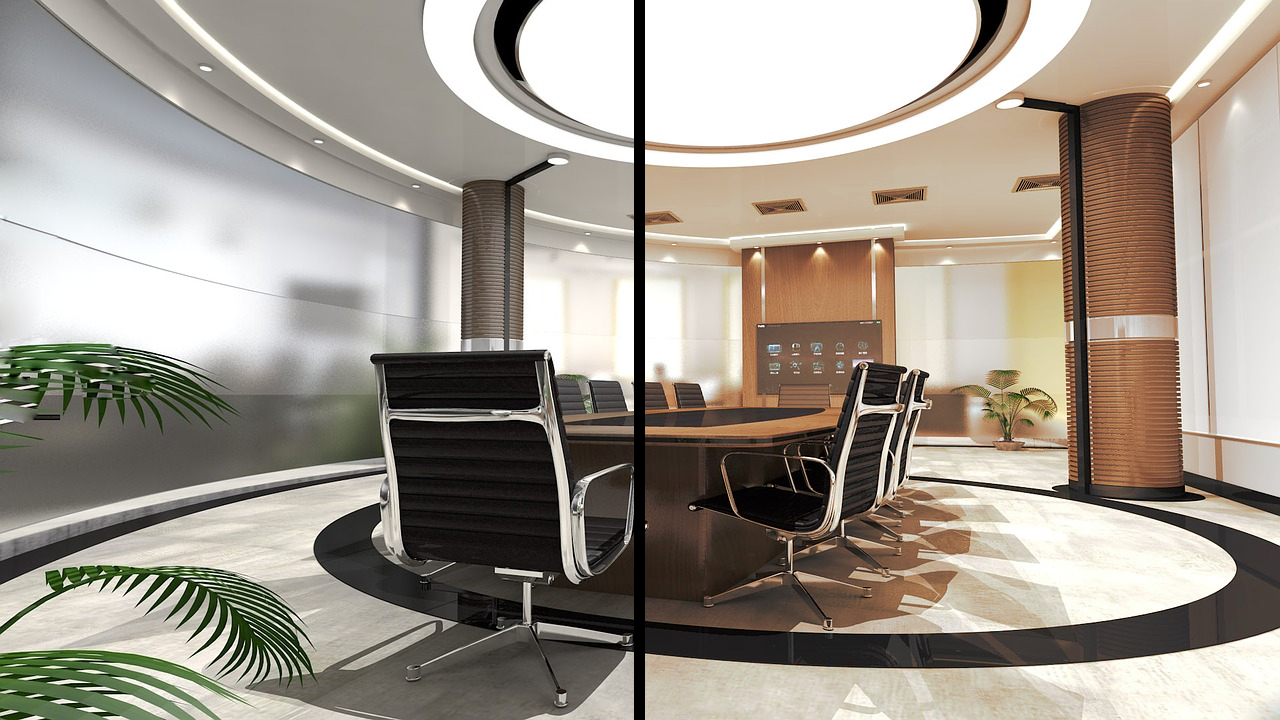News
News - HUMAN CENTRIC LIGHTING

HUMAN CENTRIC LIGHTING

Human Centric Lighting is a broad topic of how to design lighting and the impact of light on the human body. Focusing on improving well-being, eliminating discomfort, regulating the daily cycle, increasing work efficiency and concentration using artificial light sources. By adjusting the color temperature of the generated light in the room, you can affect the level of melatonin and cortisol in the body, increasing the concentration of light with a cold shade of white and silencing the body with warm or very warm light. Maintaining appropriate changes in color temperature, imitating sun's migration through the sky, during the day or working time increases efficiency, comfort of work and reduces eye strain set for too long operation of artificial light or long work in front of the monitor.


Four-channel controllers designed for HCL lighting, working as stand-alone devices or part of the system. In the basic version, the controller has built-in manual control and an automatic 24-hour cycle. The automatic day cycle changes the color temperature of the light and the intensity of light imitating the movement of the sun through the sky, regulates the daily cycle of the body and improves well-being. The controller is equipped with buttons or a touch panel and an OLED display facilitating the control of LED light sources. In addition, the controller can be equipped with a set of sensors, i.e. light, presence, movement and others. Bluemity 5.0 module that allows you to control the lamp through mobile devices and create groups of lamps communicating with each other in the MESH network.
For the HCL solution, the Dynamic White or Dim to Warm modules are most often used.
Dynamic White - two-channel LED light sources with two different color temperatures (eg: 2700K and 6500K), thanks to the appropriate control, a variable color temperature between the extreme temperature of the LEDs (eg 4000K) is obtained depending on the given power per channel .
Dim to Wharm - technology based on the use of LEDs with a very warm and neutral color temperature in light sources and appropriate drivers, designed to imitate the operation and dimming of conventional tungsten incandescent bulbs. The dimmable lamp has a color temperature below 2000K, which, at low intensity level, is pleasing to the eye, promotes relaxation and well-being, and also facilitates falling asleep.

